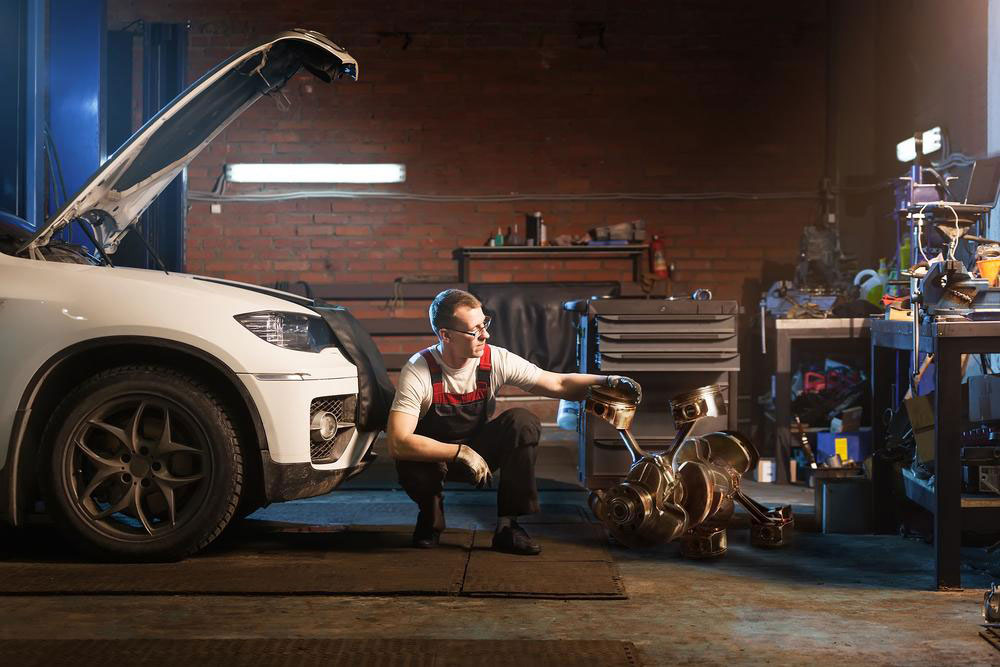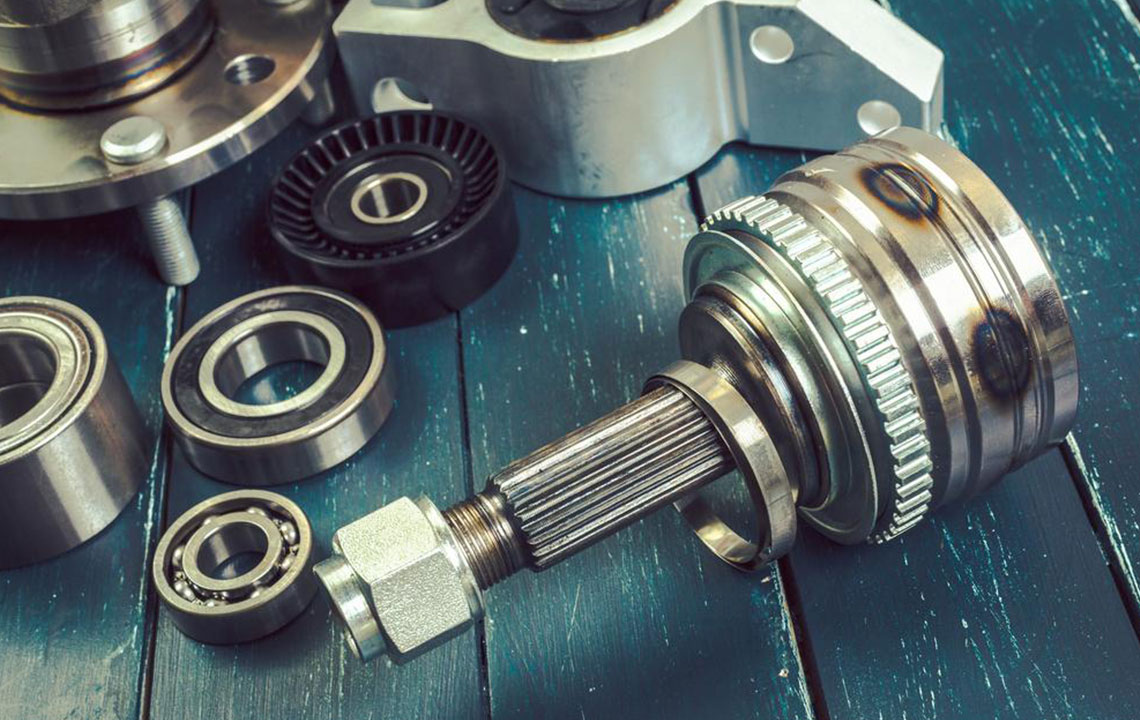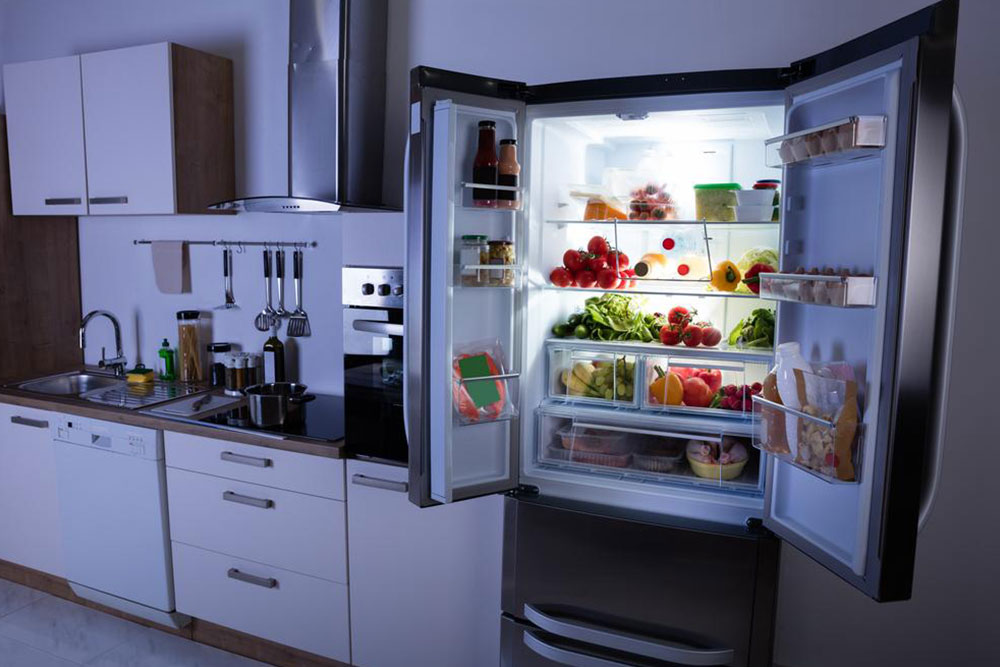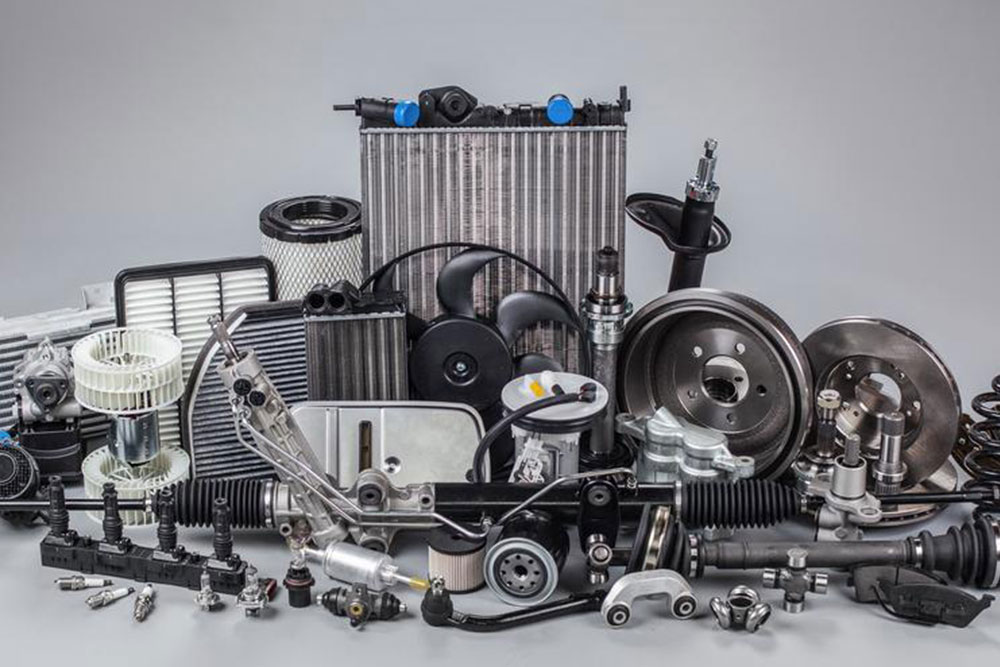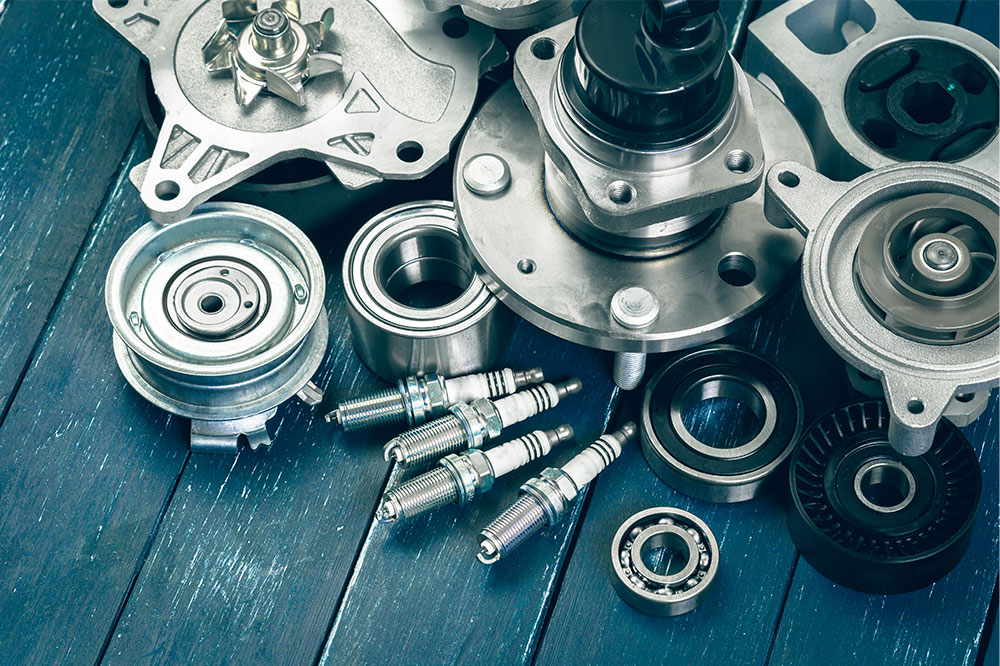Essential Strategies for Effective Gearbox Restoration
Master the art of gearbox restoration with expert tips on understanding, cleaning, inspecting, and assembling components. Learn essential tools, proper documentation, and testing procedures to ensure a durable and efficient rebuild. Staying updated with latest techniques and maintenance practices maximizes system performance and longevity.
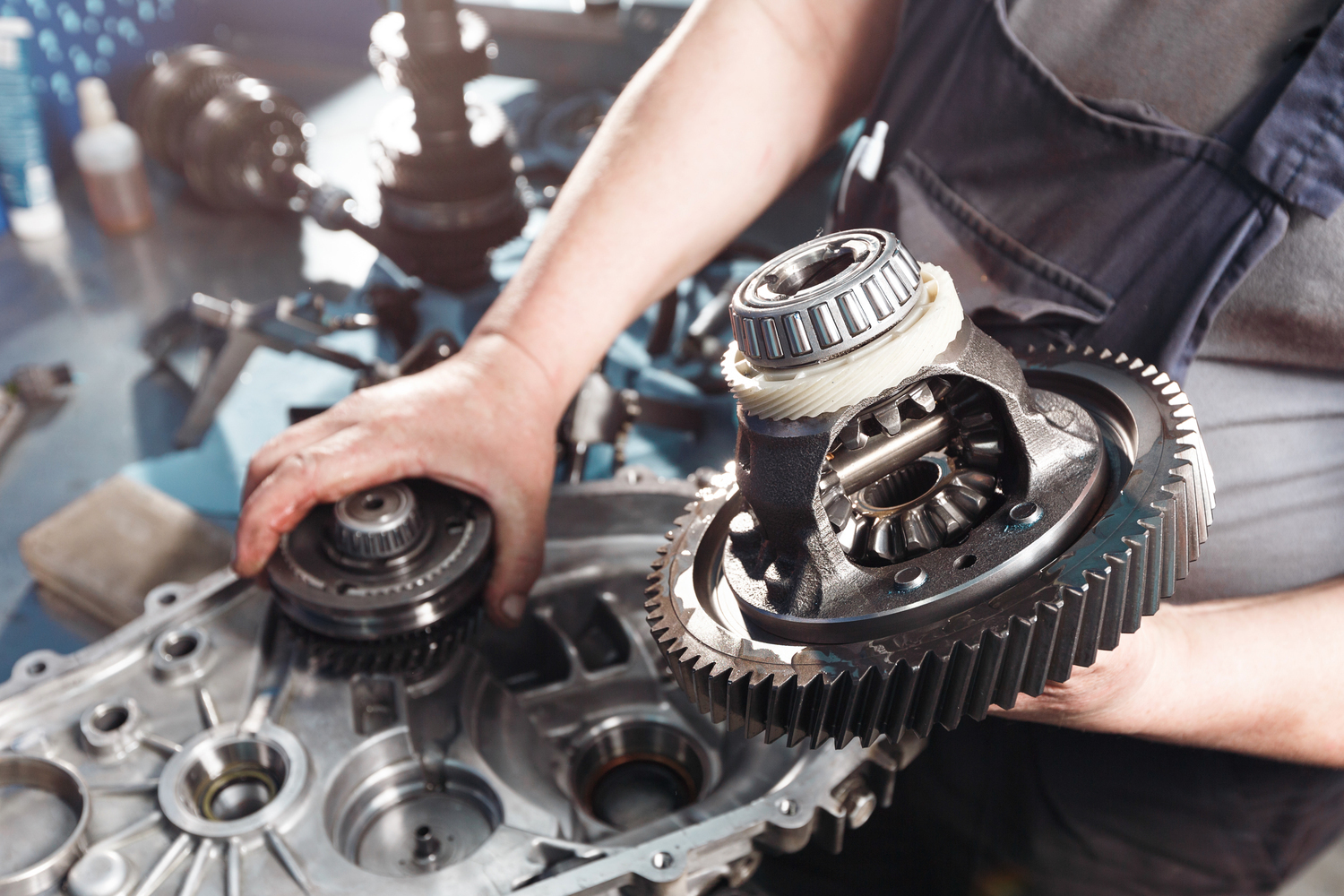
Essential Strategies for Effective Gearbox Restoration
Restoring a gearbox is a challenging process that demands attention to detail, technical skill, and patience. Whether you are experienced or a beginner, a structured approach and following best practices are key to success. Here are crucial tips to help you perform an efficient and reliable gearbox restoration.
1. Gain In-Depth Knowledge of the Gearbox
Before starting assembly, familiarize yourself thoroughly with the specific gearbox model. Review the service manual, understand its construction, operation, and common faults. This foundational knowledge assists in diagnosing issues and guides your restoration process.
This understanding is vital for identifying damages and planning your rebuild effectively.
2. Maintain a Spotless and Organized Workspace
Keeping your work area clean and orderly prevents errors and lost parts. Use trays and containers to organize components and keep dirt and debris away from delicate parts, ensuring a smoother restoration.
3. Use Appropriate Tools and Equipment
Specialized tools are essential for a successful gearbox rebuild. Make sure your toolkit includes:
– Gear pullers
– Bearing splitters
– Torque wrenches
– Micrometers and calipers for precise measurements
– Manufacturer-recommended gearbox tools
The right tools reduce difficulty and prevent damage during assembly or disassembly.
4. Conduct Detailed Inspection and Clean Components
Inspect every part thoroughly. Check gears for wear, pitting, or cracks; bearings for smooth operation and corrosion; seals and gaskets for leaks. Clean components meticulously using appropriate solvents to eliminate dirt and old lubricant.
5. Document and Label Throughout Disassembly
Take detailed notes, photographs, and label parts clearly during disassembly. Proper documentation facilitates accurate reassembly and prevents errors.
6. Replace Worn or Damaged Parts with Quality Components
Always use genuine or high-quality aftermarket parts that match the manufacturer's specifications. Using inferior parts can compromise the entire rebuild's durability.
7. Ensure Precise Reassembly
Follow the manufacturer’s instructions closely. Pay attention to torque specifications, lubrication recommendations, and alignment checks. Proper installation prevents future failures.
8. Perform Comprehensive Testing
After assembly, test the gearbox thoroughly. Conduct manual rotation checks, load testing to simulate working conditions, and listen for abnormal noises to confirm everything functions correctly.
9. Adopt Preventive Maintenance Practices
Post-restoration, adhere to a maintenance schedule. Regularly check lubricant levels, temperature, and noise levels to extend system longevity.
10. Keep Learning and Upgrading Skills
Stay updated with latest techniques and advancements in gearbox technology through training and manufacturer updates, ensuring your skills remain sharp and relevant.
Conclusion
Effective gearbox restoration hinges on attention to detail, proper tools, and methodical steps. Understanding the system, working in a clean environment, documenting carefully, replacing parts wisely, aligning properly, and testing thoroughly are essential. Continuous learning further enhances your expertise, helping you achieve durable, high-performing results every time.

